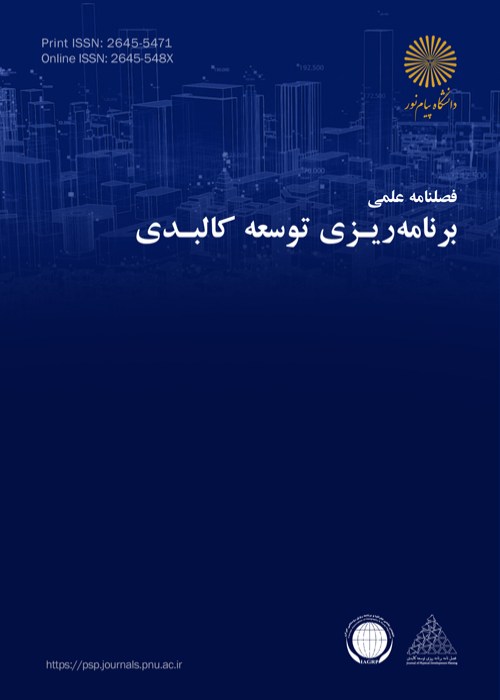Measuring and analyzing inequal health services provision in Kermanshah province
Author(s):
Article Type:
Research/Original Article (دارای رتبه معتبر)
Abstract:
Among the numerous indicators of development, health index is one of the most important indicators of progress in each country, and to a large extent, the success rate of national development programs depends on achieving the objectives of this sector. Inequality in health and medical careness among the regions displays the differences in the extent of development of health facilities among cities, villages, regions and countries. The purpose of the present study was to investigate the spatial distribution of health indices in Kermanshah province and to identify the privileged and deprived counties in terms of health-medical situation. Based on aim, the present study is an applicable research and based on method it is a descriptive-analytical one. The sample of the present study includes 14 counties of Kermanshah province. Required data were extracted from the Population and Housing Census and the annual statistical report of 2015 of Kermanshah province. In order to determine the level of development of provincial counties in terms of per capita health-medical indicator, 41 variables were used and quantified. Shannon entropy method was applied to determine the importance of each variable. For data analysis, the SAW and TOPSIS models were applied. Also the mean rank, Brada and Copelend methods were used to integrate the results of the models (SAW, TOPSIS). Pearson correlation was used to show the relationship between urbanization rate and distance from the center of the province with the status of development of health services. The results of the present research indicated that four counties were located at develped category. They include: Qasarshirin, Paveh, Sunqor and Kermanshah, respectively. Three counties namely Javanrood, Kangavar and Sahneh were categorized as semi-developed, respectively. Dalahu, Harsin, Gilan-Gharb, Islamabad, and SarPul Zahab were classifies as developing counties. And finally, Ravansar and SalasBabajani were considered as deprived counties of Kermanshah province. According to the results, it was found that there is inequality and difference in distribution of health services among the counties of Kermanshah province and the conditions of counties are different from each other. Also, it was found that there were not any correlations between the rate of urbanization and distance fron the center of province with the development of health-medical services.
Keywords:
Language:
Persian
Published:
Journal of Physical Development Planning, Volume:3 Issue: 12, 2019
Pages:
27 to 44
magiran.com/p1961344
دانلود و مطالعه متن این مقاله با یکی از روشهای زیر امکان پذیر است:
اشتراک شخصی
با عضویت و پرداخت آنلاین حق اشتراک یکساله به مبلغ 1,390,000ريال میتوانید 70 عنوان مطلب دانلود کنید!
اشتراک سازمانی
به کتابخانه دانشگاه یا محل کار خود پیشنهاد کنید تا اشتراک سازمانی این پایگاه را برای دسترسی نامحدود همه کاربران به متن مطالب تهیه نمایند!
توجه!
- حق عضویت دریافتی صرف حمایت از نشریات عضو و نگهداری، تکمیل و توسعه مگیران میشود.
- پرداخت حق اشتراک و دانلود مقالات اجازه بازنشر آن در سایر رسانههای چاپی و دیجیتال را به کاربر نمیدهد.
In order to view content subscription is required
Personal subscription
Subscribe magiran.com for 70 € euros via PayPal and download 70 articles during a year.
Organization subscription
Please contact us to subscribe your university or library for unlimited access!


